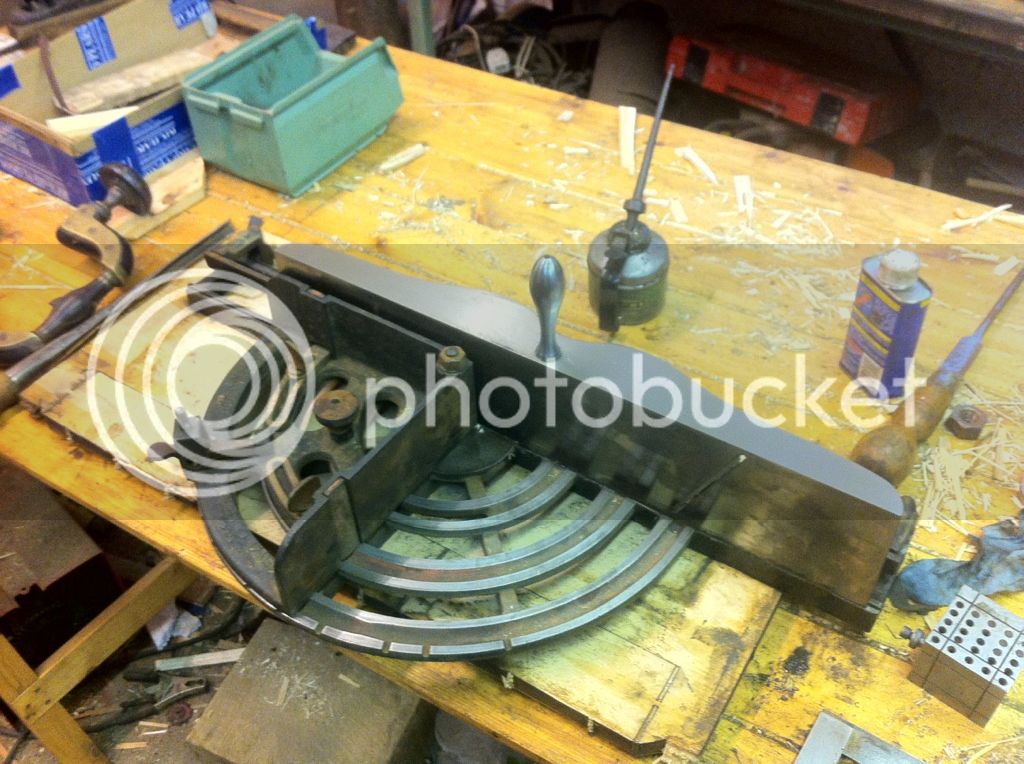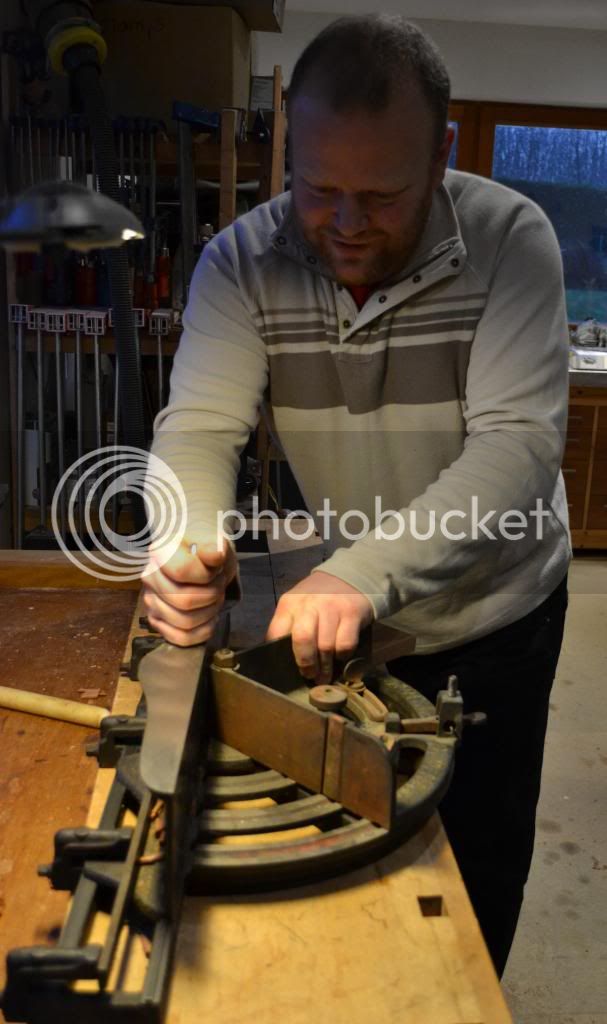One gets the impression from this thread that a lot of material is being removed in end-grain shooting. Really, isn't it just supposed to be cleaning up the saw marks from having sawn very close, and accurately, in the first place? I heard it said once that the shooting subsequent to effective sawing shouldn't remove a perceptible or measurable amount of length from the workpiece, just clean up saw marks and ever-so-slightly adjust the workpiece to square (or miter angle) where applicable. A few passes. It shouldn't take much unless the sawing out was very poor.
I think folks are shooting really rough ends (many passes) when they should incise lines, saw, then shoot. And of course depending on how the workpiece is being used, shooting (with a board or not) might be totally unnecessary if the marking and sawing were competently done.
Perhaps I have a fundamental misunderstanding of end-grain shooting with board and plane.






